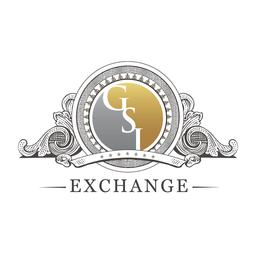Sponsored Content
Capitalism has a natural way of resetting itself. Markets reward winners while punishing losers. Losing businesses restructure, finding a better angle to compete, or else go bankrupt. The business owner, hopefully wise enough not to fall into complete ruin, starts over and re-enters the market, wiser and more competitive than before (at least, that’s the idea).





